A 13 page worksheet pack to consolidate the learning of different grammar concepts in the early years.
This worksheet pack includes the following grammar concepts:
- 3 x worksheets covering nouns (concrete and abstract)
- Noun Groups worksheet
- 2 x worksheets covering verbs (different types, past/present/future)
- Nouns, verbs and adjectives word sort
- Adjectives worksheet
- Adverbs and Adverbial Phrases worksheet
- Pronouns (personal and possessive) worksheet
- Prepositions worksheet
- Conjunctions worksheet
- Answer sheets for most of the above
You may also like these resources:
[resource:20118]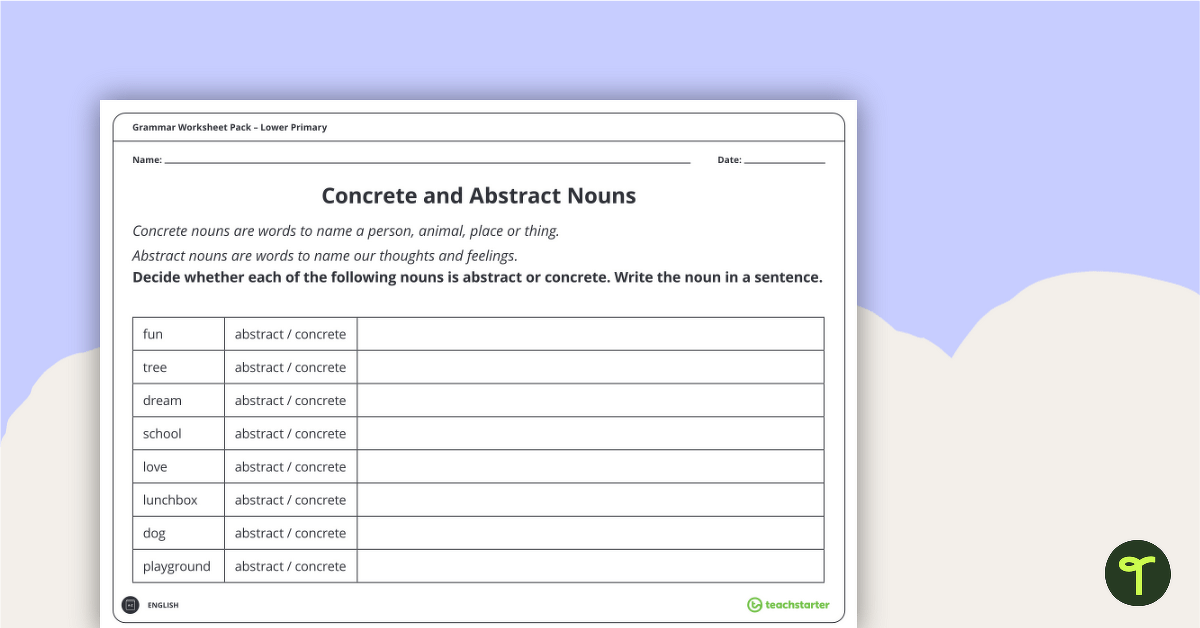
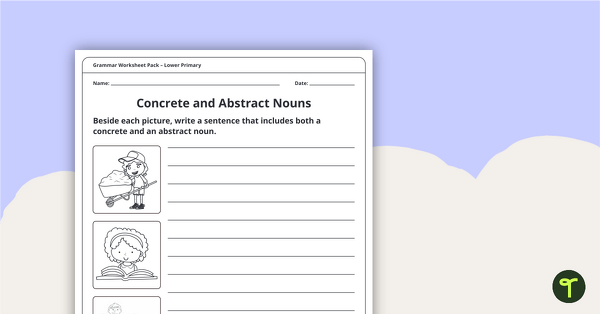
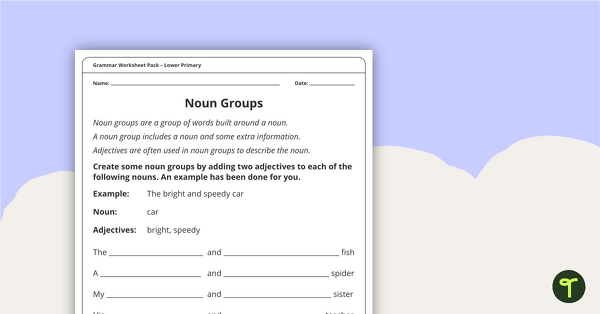
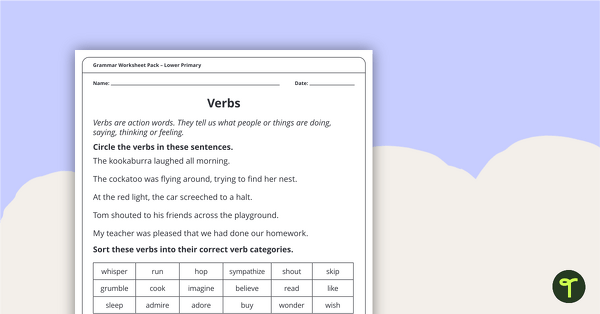

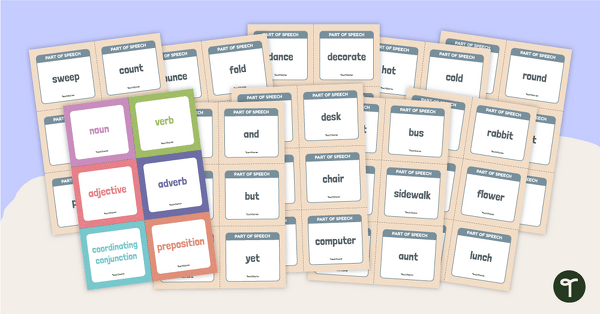
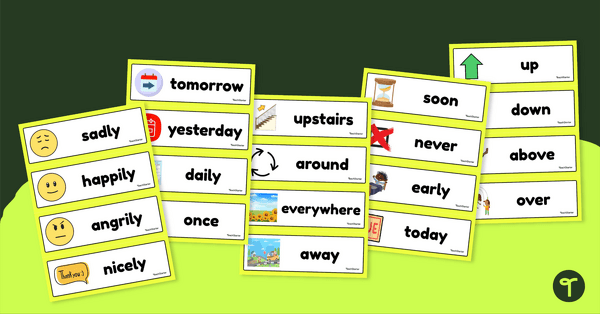

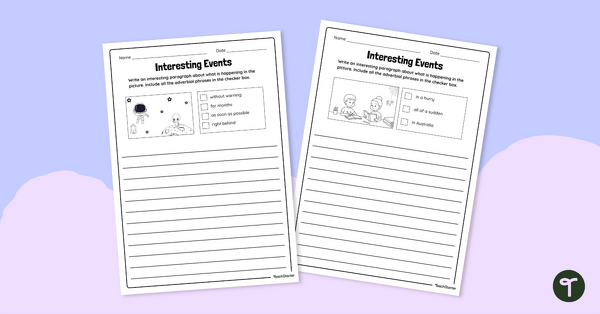



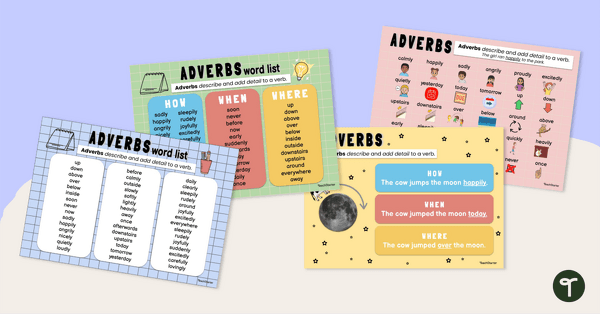
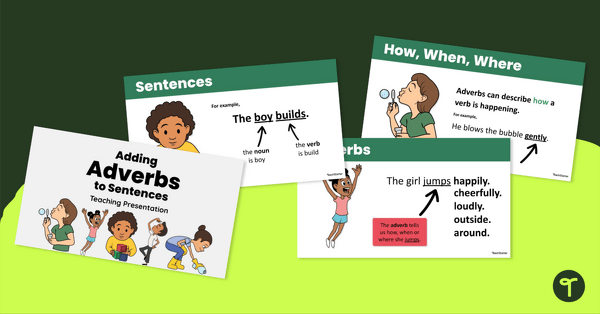
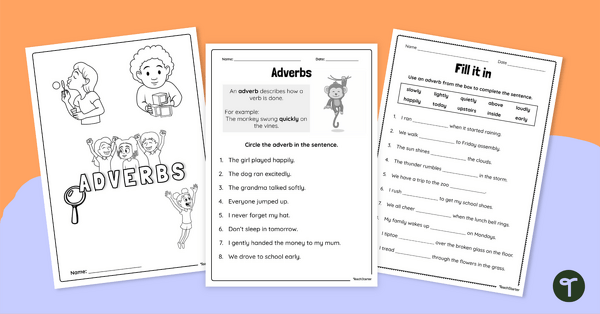
Hi could you please do a similar resource for upper primary?
Hi Maev, Thanks for your message. We have some grammar worksheets suited to upper primary, however not a booklet like this. Please feel free to request this in our request a resource tool: https://www.teachstarter.com/request-a-resource/ Thanks again, Holly